Brinjal
Shoot and fruit borer
Symptoms of damage


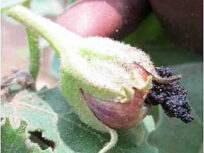
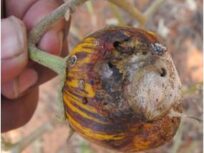

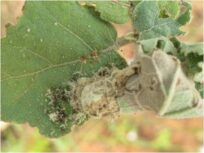
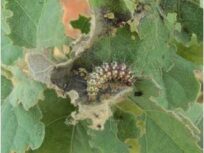


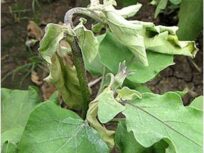
Identification of pest
Eggs: Creamy white eggs
Larva: Pink in colour
Pupa: Greyish boat shaped cocoon
Adult: Medium sized moth. Forewings has black and brown patches and dots on white colour, hind wings are opaescent with black dots
Management
Stem Borer
Symptoms of damage
Identification of pest
Egg: Cream, scale-like
Larva: Fully grown larva is creamy white
Adult: Greyish brown, forewings has transverse line and hind wings are white in colour
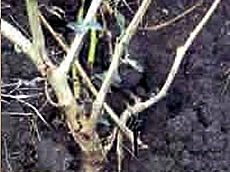
Symptoms of damage
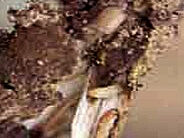
Symptoms of damage
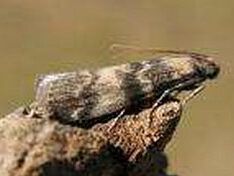
Adult
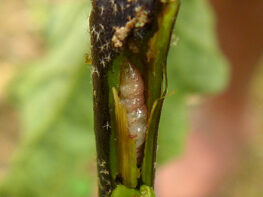
Larva
Management
Hadda / spotted beetle
Symptoms of damage
Identification of pest
Eggs: Cigar shaped, yellow in colour
Grub: Yellowish bearing six rows of longitudinal spines.
Pupa: Yellowish with spines on posterior part and anterior portion being devoid of spines.
Adult: 14 spots on each elytra, deep red
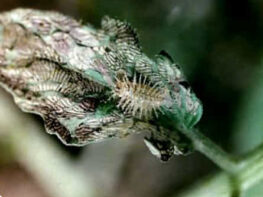
Skeletonized - Grub Damage
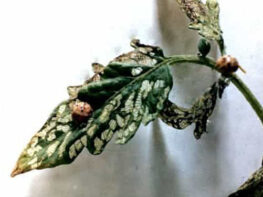
Skeletonized - Grub Damage
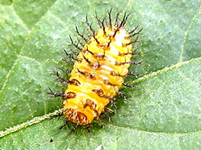
Grub and Adult
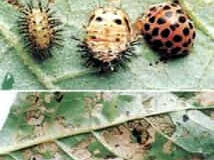
Grub and Adult
Management
Ash weevils
Symptoms of damage
Identification of pest
Larva Grub: Small and apodous
Pupa: Pupates in soil in earthen cocoons
Adult :
M. maculosus: Greenish white with dark lines on elytra
M. subfasciatus: Brown
M. discolor: Brown and white spots
M. viridanus: Small light green weevil
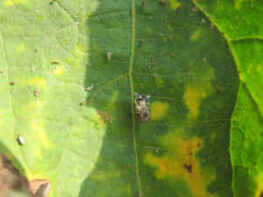
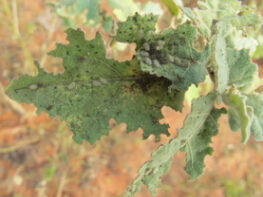

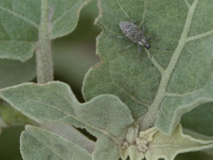
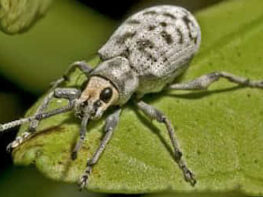
M. subfasciatus

M. discolor
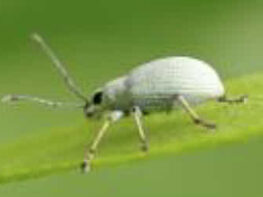
M. viridanus

Adult
Management
Brown leaf hopper
Symptoms of damage
Identification of pest
Adult: Small light brown leaf hopper
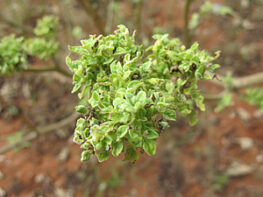
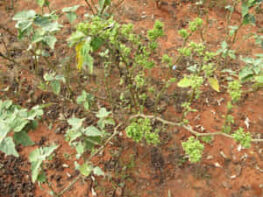
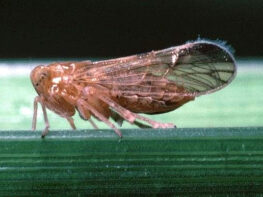

Management
Lace wing bug
Symptoms of damage
Identification of pest
Egg: White nibble shaped eggs
Nymph: yellowish white with prominent spines
Adult: Dorsal side -straw coloured
Ventral side -black coloured
Pronotum and forewings reticulated

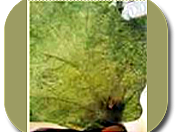

Management
Source: https://agritech.tnau.ac.in/
